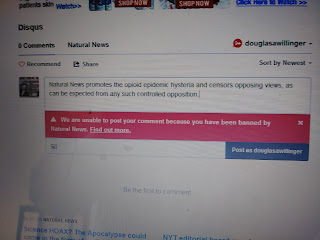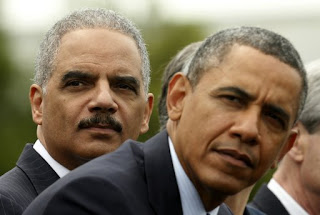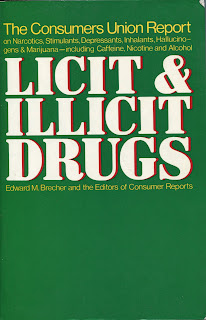Cocaine Content of Some Early 20th Century Products
and USDA prosecutions with zero showing of any actual harms from the cocaine content
https://books.google.com/books?id=Z_OQycfkoasC&pg=PA84&lpg=PA84&dq=cocaine+content+soft+drinks&source=bl&ots=mhN0XhP7t2&sig=Pv8LlyLyhd-tG5pQV_jTyJ-V6Tw&hl=en&sa=X&ei=-J4HVeXXMqm_sQSE5ID4CA&ved=0CEUQ6AEwBzgK#v=onepage&q=cocaine%20content%20soft%20drinks&f=false
Cocaine content of beverages in milligrams per fluid ounce
Wiseola under 1 mg
Celery Cola under 1 mg
Koca Nola under 1 mg
Kola Coca 5 mg
Vin Mariani 6-8 mg
Kola Cardinette 9 mg
Maltine with Coca 9 mg
Coca Cordial 30 mg
Metcalf Coca Wine 32 mg
Wiseola- under 1 mg per fluid ounce
Celery Cola - under 1 mg per fluid ounce
http://continuingcounterreformation.blogspot.com/2015/06/20th-century-pharmacratic-inquisition.html
Simply declare cocaine unsafe, without any mention of dilution-concentration factor whatsoever.
Koca Nola
This was a syrup for flavoring soda water and similar "soft drinks" put up by a company of the same name at Atlanta, Ga. This "Delicious Dopeless Koca Nola"—as the label had it —was found to contain cocain. Cocain being deleterious to health, was declared an adulteration under the act so that the Koca Nola Company was found guilty on two points: (1) failing to declare the presence of cocain and (2) adulteration. The Government made two seizures and the company was found guilty in each case and a fine of $25 on each count was imposed, making the total $100.—[Notice of Judgment, No. 202.]
Celery Cola
Celery-Cola, marketed by the Birmingham Celery Cola Company of Birmingham, Ala., was another soft drink found to contain cocain and caffeine. The government contended that as cocain was a poisonous and deleterious ingredient, the product was adulterated and as the proportion or quantity of cocain was not declared on the label it was also misbranded.— [Notice of Judgment, No. 326.]
Such prosecutions did not involve excessive dosing.
Koca Nola and Celery Cola for instance each contained under 1 milligram of cocaine per fluid ounce.
Since cocaine was an ingredient required to be listed- how could it be declared an illegal ingredient, its presence automatically constituting "adulteration"?! Should not the prosecutions as those against Coca Nola and Celery Cola have then been only for "misbranding"?
Whether or not a product even labeled its cocaine content apparently would not shield it from prosecution by Wiley's USDA Bureau of Chemistry- at least for such in food products as beverages, as with the prosecution of the manufacturers of a product named"Dr. Don's Kola":
Dr. Don's KolaThat prosecution apparently made no mention of any failure to label the cocaine content, being cited for "mislabeling" only insofar as failing to contain its labeled Kola nut.
This product, which was sold as a flavoring extract for "soft drinks," was shipped by the Warner-Jcnkinson Company of St. Louis from Missouri to Michigan. When analyzed by the Government chemists, the product was found to be a syrupy liquid consisting essentially of cocain, caffein, phosphoric acid, sugar, flavoring and coloring agents, and water. It contained no substance derived from the cola nut or cola plant. In view of the fact that it contained cocain, a dangerous drug, the stuff was declared adulterated and, inasmuch as it contained no product of the cola nut. it was further declared misbranded. The defendant entered a plea of guilty and a fine was imposed.—[Notice of Judgment, No. 724.]
USDA Prosecutions of Cocaine Containing Products
http://freedomofmedicineanddiet.blogspot.com/2008/03/new-dark-ages-usda-crusade-against-coca.html





Comments
Post a Comment